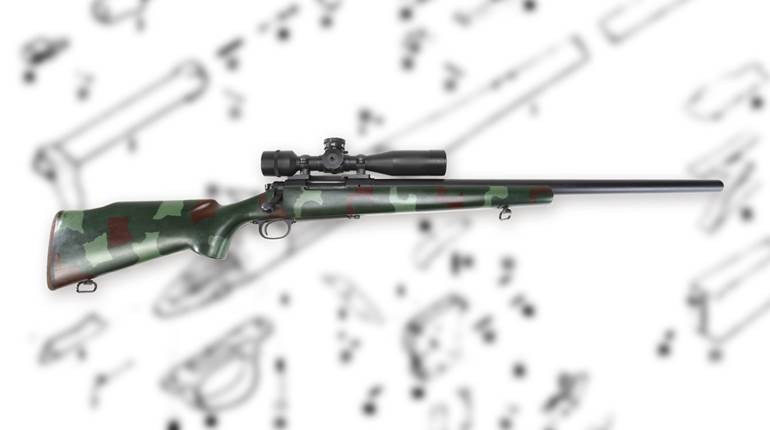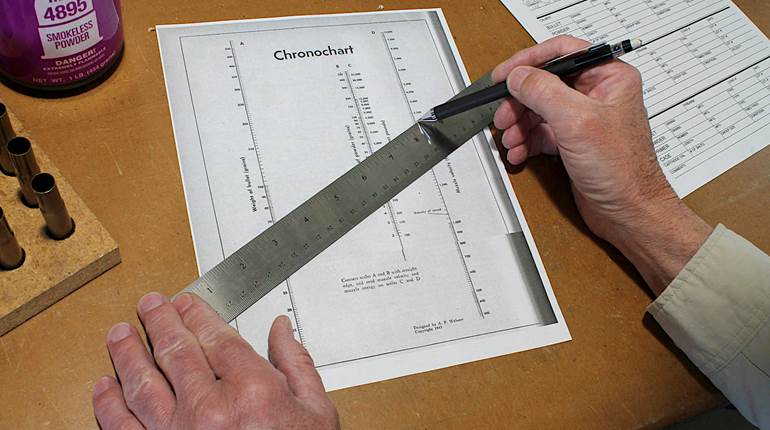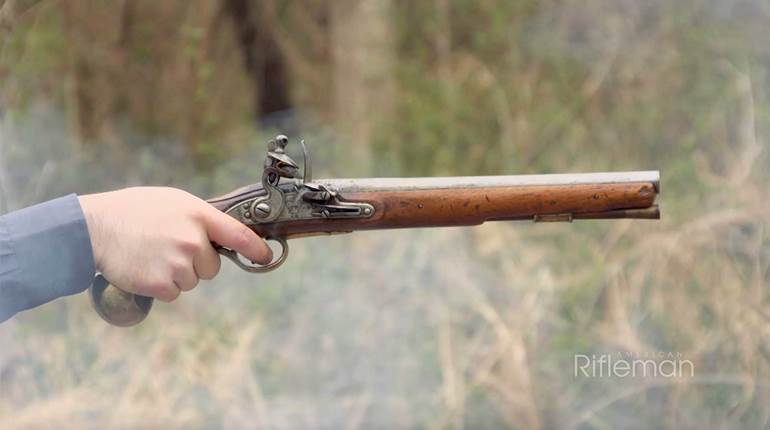
Q. I would really like to learn more about the 6 mm PPC’s potential for accuracy. In one reloading book, the 6 mm PPC is the only one with the following caution note: “thick necks or undersized chambers cause DANGEROUS PRESSURES. Be sure your cartridges freely chamber.” Why?
A. The 6 mm PPC was developed by Lou Palmisano and Ferris Pindell, hence the name. The parent case is the .220 Russian. It was introduced in 1974 or thereabouts. It has become one of the most popular cartridges used by benchrest shooters today.
The original brass, offered by Sako, was very uniform, relatively small in capacity, used small rifle primers and undersized flash holes. All of these attributes are claimed to be part of the round’s success.
One technique used by benchrest shooters is cutting the rifle chamber undersized in the neck area and then outside turning the case necks for minimum clearance, usually 0.0015" to 0.002" with a wall thickness of around 0.0093". This means that minimal sizing of the neck is necessary, and if precisely accomplished, no sizing at all is required. Tight-neck rifles should be clearly marked because using ammunition with standard, unturned necks could create dangerous pressures if fired in such a rifle.
—John W. Treakle
This “Questions & Answers” was featured in the June 2005 issue of American Rifleman. At time of publication, "Questions & Answers" was compiled by Staff, Ballistics Editor William C. Davis, Jr., and Contributing Editors: David Andrews, Hugh C. Birnbaum, Bruce N. Canfield, O. Reid Coffield, Charles Q. Cutshaw, Charles M. Fagg, Angus Laidlaw, Evan P. Marshall, Charles E. Petty, Robert B. Pomeranz, O.D., Jon R. Sundra, Jim Supica, A.W.F. Taylerson, John M. Taylor and John W. Treakle.
To subscribe to the magazine, visit the NRA membership page here and select American Rifleman as your member magazine.




































